Move over Easter bunnies, there’s a new animal dominating Courier Country this weekend – the unicorn.
As Perth Museum opens its doors, visitors will be able to view a trove of treasures for free, including the mystical Stone of Destiny.
But the museum is also launching its debut temporary exhibition Unicorn, exploring the cultural significance of the unicorn symbol in Scotland throughout history.
This includes its historic use on the coat of arms of Scottish kings, all the way up to its adoption by the LGBTQI+ community today.
The unicorn, as many will know, is Scotland’s national animal. But how did a mythical creature become the emblem of this country?
Scottish unicorn symbolism dates back 800 years
According to Dundonian author and Scottish folklore expert Rebecca White, the first use of a unicorn on a Scottish royal coat of arms was in the 12th century, by William I – ironically known as William the Lion.
From that first use in the 12th century, Rebecca explains, the unicorn gained popularity until in the 15th century, it became the national animal of Scotland.
Interestingly, she notes, there are very few actual stories or legends about the origins of the creature, though it appears in a lot of Celtic folklore.
“Unicorns were believed to be the strongest and purest of all the animals, “says Rebecca, who is the co-founder of Dundee-based heritage preservation organisation Folklore Scotland.
“And it was thought that the only person who could come close to taming one would be a virgin girl.
“It’s believed that kings would put unicorns in chains on their coats of arms to represent that they have enough power to tame even the most powerful of creatures – the unicorn.”
One common misconception, she says, is that the unicorn on the British coat of arms was chained after the Act of Union.
“That’s untrue, the unicorns on coats of arms were always chained. Though that’s not to say there’s been no oppression of Scottish power since then,” says the author, who considers herself a proud nationalist.
It’s these historical details, as well as the modern cultural significance of the unicorn, that she’s looking forward to learning more about when she visits the Perth Museum exhibition.
‘It’s a magical horse with a horn – what’s not to love?’ says folklore expert
“I love that they’ve gone for the unicorn as their first exhibition,” she says.
“I think above all else, the unicorn is iconic, it’s a celebration of Scotland. But it’s nice that presumably this exhibition will show the actual history of it.
“Plus it’ll be good for young kids to see that unicorns, which in our times often represent childhood magic and girlhood, and don’t look like a typically wild and strong creature, were once considered so powerful that kings wanted to use them as their symbolism to bolster their claim to the thrones.”
And at the end of the day, even the expert agrees that the unicorn should be Scotland’s national animal just because it’s cool.
“It’s a magical horse with a horn, what is not to love?” laughs Rebecca.
“Big up the unicorn!”
Unicorn at Perth Museum opens on April 1 and runs until September 22 2024. For more information or to book tickets, visit the Perth Museum website.
Other countries with mythical creatures for national animals:
- Wales – dragon.
- Hungary – Turul, a mythical bird.
- Czechia – a double-tailed lion.
- North Korea – Chollima, a winged horse.
- Singapore – Merlion, a cross between a lion and a fish.
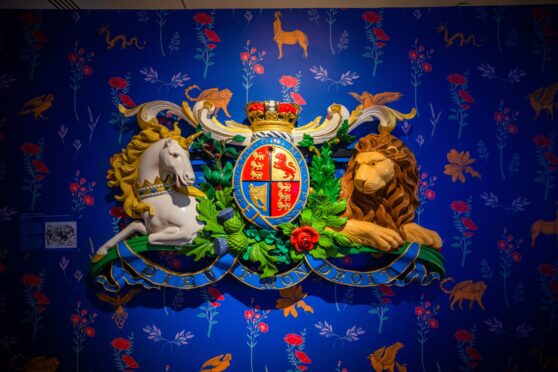
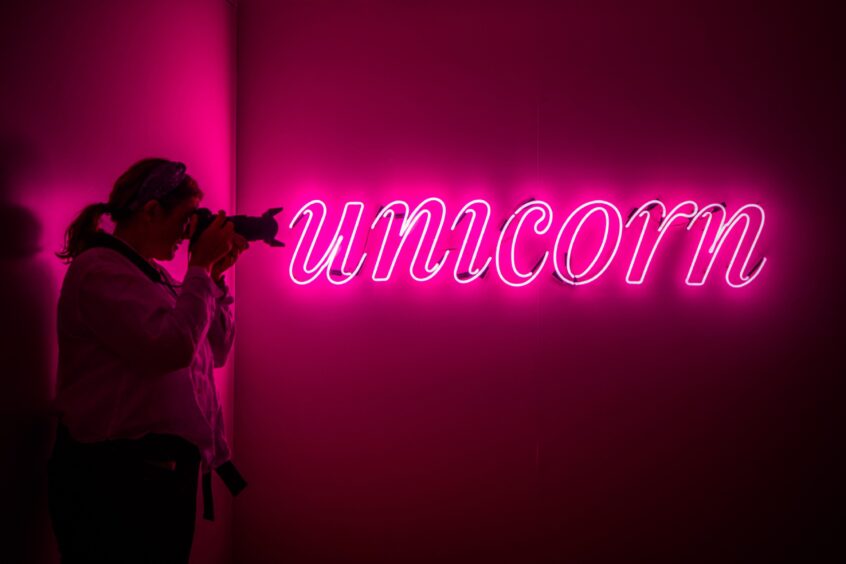
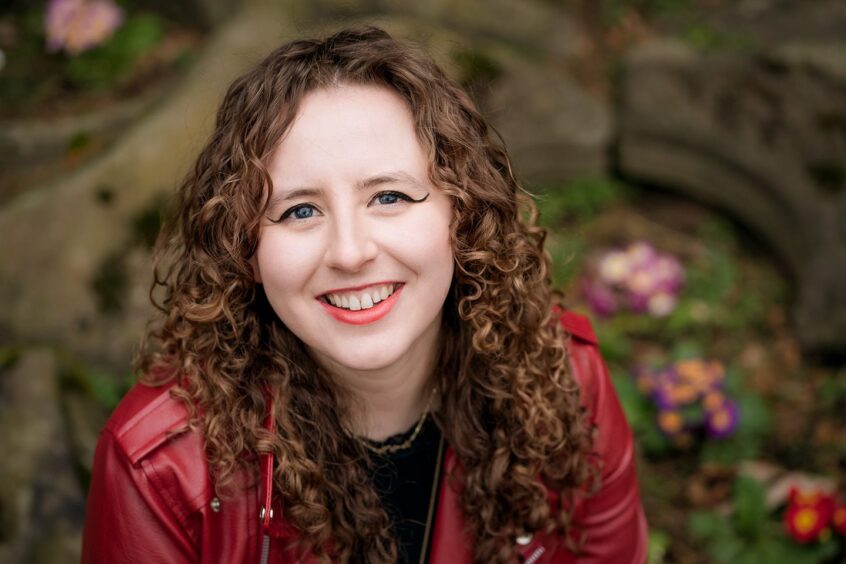
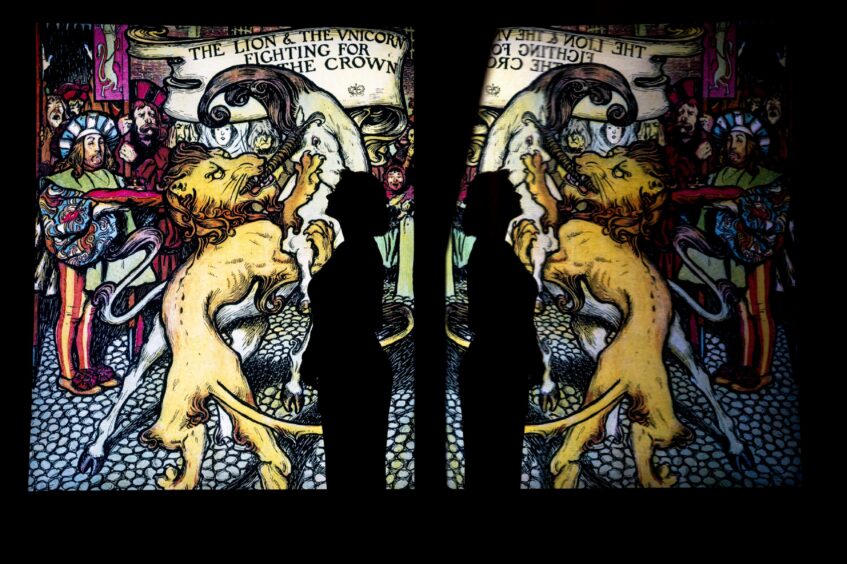
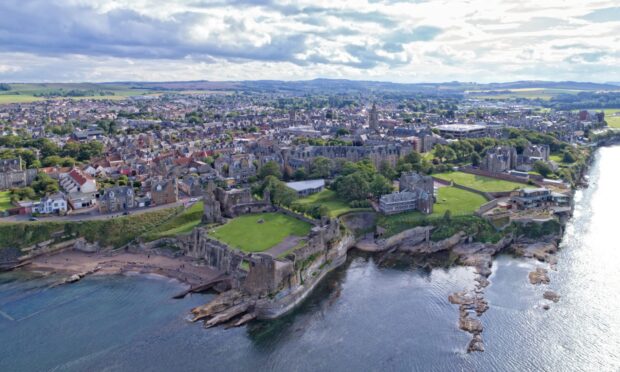
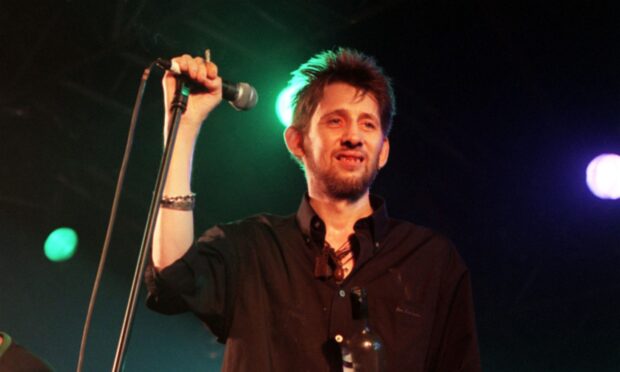

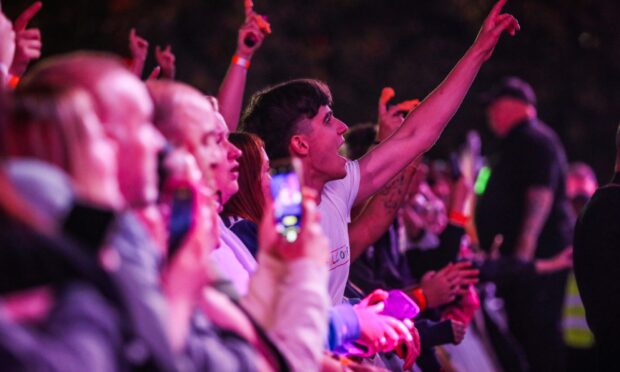
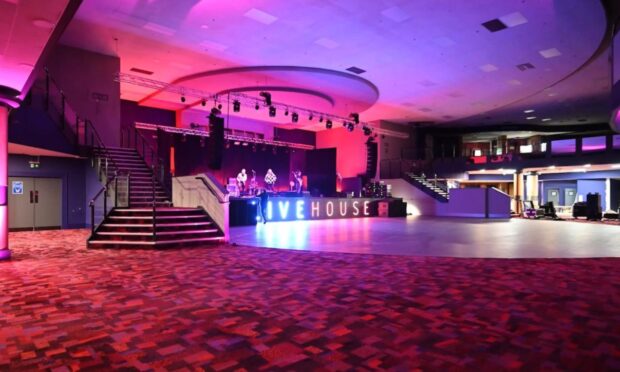
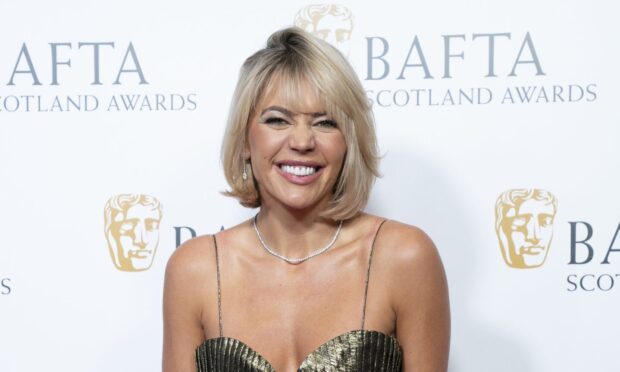

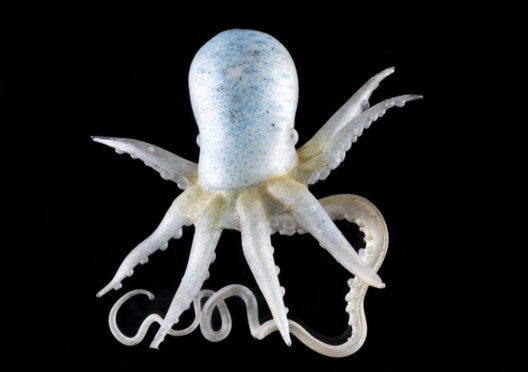

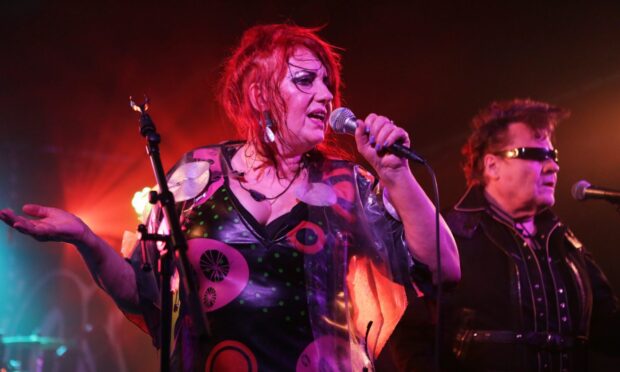
Conversation